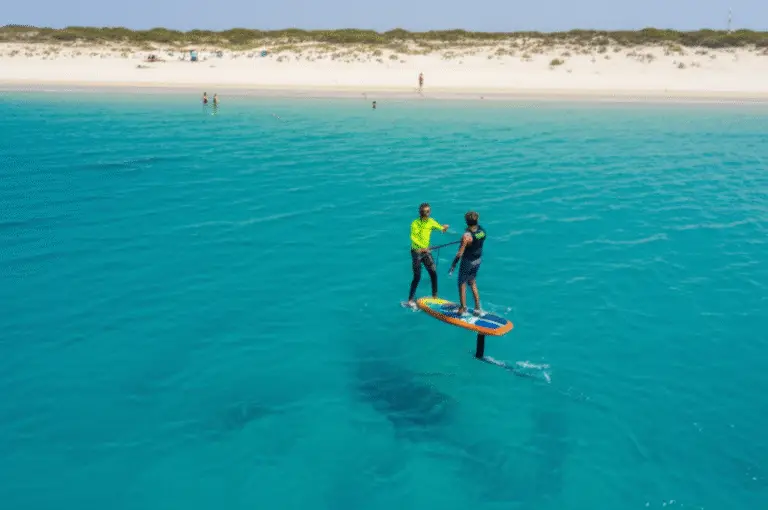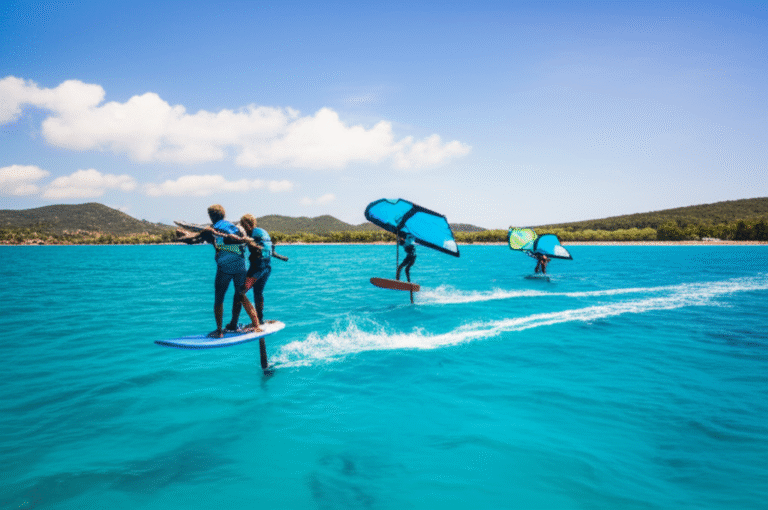Support our hydrofoil educational content for free when you purchase through links on our site. Learn more
8 Best Ways to Get Up on a Hydrofoil Board in 2025 🚀
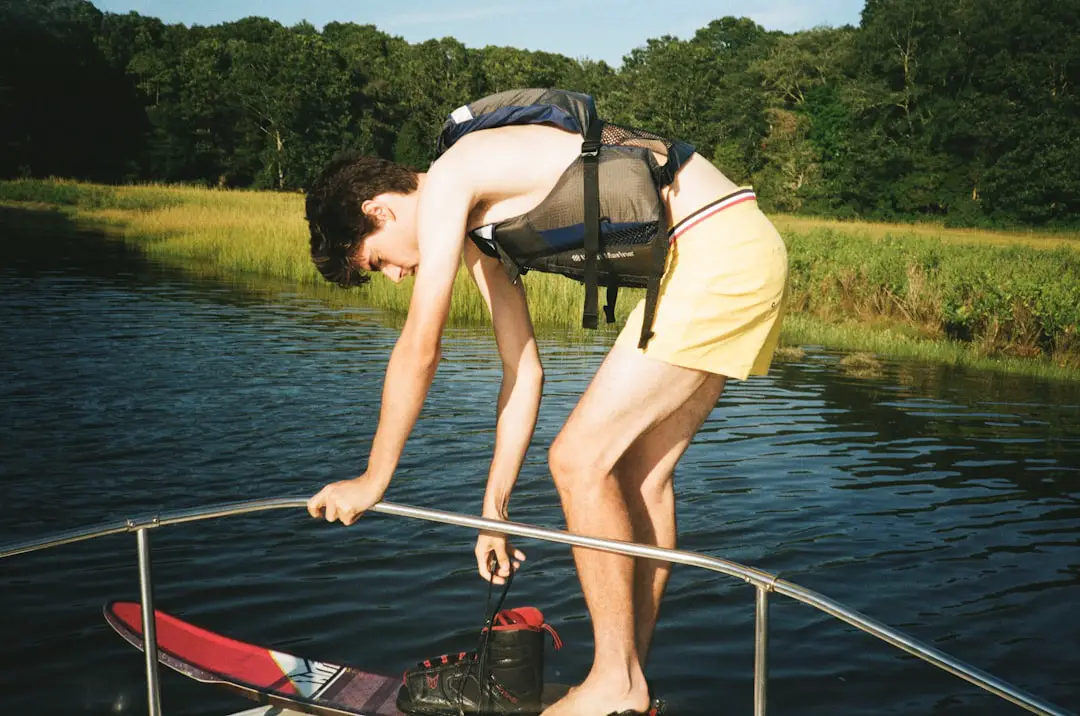
Ever felt like getting up on a hydrofoil board is like trying to launch a rocket? You’re not alone! Many beginners struggle with that elusive moment when the board lifts off the water and you find your balance—floating almost magically above the waves. But here’s the secret: mastering the pop-up is less about brute strength and more about finesse, timing, and the right technique. In this ultimate guide, we break down the 8 proven ways to get up on a hydrofoil board, from the classic prone paddle pop-up to the adrenaline-pumping boat tow start. Whether you’re wing foiling, kite foiling, or just starting your hydrofoil journey, we’ve got you covered with expert tips, gear recommendations, and safety hacks to make your first flights smooth and stoke-filled.
Stick around, because by the end of this article, you’ll know exactly which method suits your style and how to avoid the most common wipeouts. Ready to fly above the water like a pro? Let’s dive in!
Key Takeaways
- Start with the right gear: A stable board with quality foot straps and a forgiving foil (like Lift Foils or Moses Hydrofoil) makes all the difference.
- Choose your pop-up method wisely: From the beginner-friendly prone paddle pop-up to the advanced dock start dive, there’s a technique for every skill level.
- Master balance and speed: Hydrofoil lift requires steady speed and subtle weight shifts—patience beats power every time.
- Safety is non-negotiable: Helmets, impact vests, and leashes protect you from the sharp edges of the foil and unexpected falls.
- Practice off the water: Dryland drills and visualization accelerate your learning curve.
👉 Shop top hydrofoil gear:
- Lift Foils on Amazon | Lift Foils Official
- Starboard Foil Boards on Amazon | Starboard Official
- Slingshot Foot Straps on Amazon | Slingshot Official
Table of Contents
- ⚡️ Quick Tips and Facts
- 🌊 The Hydrofoil Journey: A Brief History of Flight on Water
- 🤔 Why Getting Up on a Hydrofoil Board Feels Like Rocket Science (At First!)
- 🛠️ Essential Gear & Setup for Your First Hydrofoil Lift-Off
- 🧠 Mastering the Mental Game: Patience, Persistence, and Pure Stoke
- ⚖️ The Physics of Flight: Understanding Balance and Board Control
- 🚀 8 Proven Ways to Get Up on a Hydrofoil Board: Your Launchpad to Flight!
- The Prone Paddle Pop-Up: Surfing the Unseen Wave
- The Kneeling Start: Your Stable Launchpad for Wing & SUP Foiling
- The Deep Water Standing Start: Conquering the Wing & Kite Foil Challenge
- The Dock Start Dive: Gravity-Assisted Foiling for the Bold
- The Boat/Jetski Tow Start: Your Express Ticket to Foiling Fun
- The Wake Foiling Way: The Smoothest Entry into Hydrofoiling
- The Kite Foiling Water Start: Harnessing the Wind for Lift
- The Wing Foiling Water Start: Mastering the Handheld Power Source
- ❌ Common Foiling Fails & How to Flip ‘Em into Wins
- 🎯 Drills & Dryland Training: Sharpening Your Foiling Instincts
- ⛑️ Safety First: Protecting Yourself and Others While Foiling
- 📈 Your Hydrofoil Progression Path: From First Flights to Foiling Freedom
- 🤔 Which Method is Best for YOU? Matching Your Style to Your Start
- Conclusion: The Sky’s the Limit (Literally!)
- Recommended Links
- FAQ
- Reference Links
⚡️ Quick Tips and Facts
Welcome to the wild, wonderful world of hydrofoiling! If you’ve ever wondered what is the best way to get up on a hydrofoil board, you’re in the right place. Before we dive into the nitty-gritty, here are some quick nuggets from the Hydrofoiling™ crew to get you started:
- ✅ Start slow and steady: Hydrofoiling is less about brute force and more about finesse. Rushing your pop-up is a recipe for a splashy wipeout.
- ✅ Use straps for safety and control: Brands like Slingshot and Cabrinha offer excellent foot straps that keep you locked in and help prevent nasty falls on the foil.
- ✅ Choose the right board volume: Beginners benefit from larger boards (around 100 liters or more) for stability, like the Starboard Foil series.
- ✅ Practice balance off the water: Dryland drills and balance boards can accelerate your learning curve.
- ✅ Master the paddle pop-up first: It’s the “tripod” method that gives you the best control when getting up.
- ✅ Start behind a powered craft: Jet skis or boats help you understand foil lift and speed before tackling waves.
- ✅ Avoid foamy, mushy waves: Look for clean, fading waves for surf foiling to get the smoothest ride.
For a deep dive into whether hydrofoiling is hard, check out our Is it hard to hydrofoil? article.
🌊 The Hydrofoil Journey: A Brief History of Flight on Water
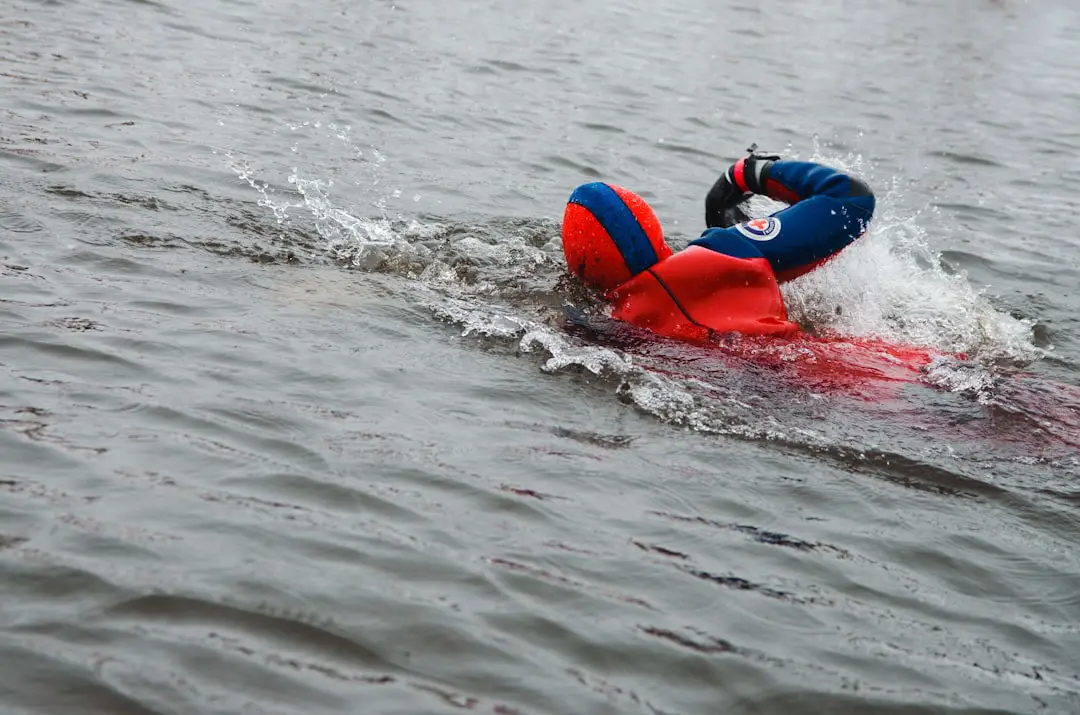
Before you get airborne on your foil, let’s take a quick ride through history. Hydrofoils have been around since the early 20th century, originally designed to lift boats above the water to reduce drag and increase speed. The concept of water “flight” was pioneered by Italian inventor Enrico Forlanini in 1906, but it wasn’t until the 2000s that hydrofoil boards became accessible to surfers and water sports enthusiasts.
Today, hydrofoiling has exploded into multiple disciplines: surf foiling, wing foiling, kite foiling, wake foiling, and even e-foiling. Each has its own techniques for getting up on the foil, but the core challenge remains the same—mastering balance and timing to lift the board smoothly out of the water.
For more on the evolution of hydrofoils, visit our Hydrofoil History section.
🤔 Why Getting Up on a Hydrofoil Board Feels Like Rocket Science (At First!)
If you’re new to hydrofoiling, the first attempts to get up on the board might feel like trying to launch a rocket 🚀—awkward, nerve-wracking, and full of unknowns. Here’s why:
- Foil lift is subtle and requires finesse: Unlike a traditional surfboard, the hydrofoil lifts the board above the water, drastically changing the balance dynamics.
- Speed is your friend and foe: Too slow, and the foil won’t lift; too fast, and you risk losing control.
- Body positioning is critical: Small shifts in weight can send you flying or plunging underwater.
- Mental game: Fear of falling on a sharp foil can freeze your progress.
Don’t worry, though! With patience and practice, your body will learn to “feel” the foil’s lift, and those first shaky flights will turn into smooth glides. For tips on overcoming the mental block, check out our Advanced Hydrofoiling Techniques articles.
🛠️ Essential Gear and Setup for Your First Hydrofoil Lift-Off
Getting up on a hydrofoil board isn’t just about technique—it’s also about having the right gear. Here’s what we recommend for beginners:
| Gear Item | Recommended Brands/Models | Why It Matters |
|---|---|---|
| Hydrofoil | Lift Foils, Moses Hydrofoil | Stable, forgiving foils with medium-sized wings |
| Board | Starboard Foil, Naish Hover | Larger volume (90-110L) for stability |
| Foot Straps | Slingshot, Cabrinha | Secure your feet and improve control |
| Safety Gear | Helmet, impact vest, leash | Protect yourself from falls and foil blades |
| Paddle (for SUP foil) | Werner Paddles | Lightweight and adjustable for easy pop-ups |
Setting Up Your Board and Foil
- Mount the foil securely: Use recommended torque specs from the manufacturer to avoid loosening during rides.
- Adjust foil mast height: Beginners often benefit from shorter masts (60-70 cm) for easier control.
- Position foot straps: Place straps slightly wider than shoulder-width for balance and comfort.
- Wax your board: If you’re paddle starting, wax helps grip your feet during the pop-up.
For detailed gear reviews, visit our Hydrofoil Equipment Reviews section.
🧠 Mastering the Mental Game: Patience, Persistence, and Pure Stoke
Hydrofoiling is as much a mental sport as it is physical. We’ve seen countless riders get frustrated during their first few sessions. Here’s how to keep your head in the game:
- Embrace the wipeouts: Falling is part of learning. Each splash teaches you something new.
- Visualize success: Imagine yourself gliding smoothly before you even get on the water.
- Set small goals: Celebrate getting the balance right before trying to stand up fast.
- Stay relaxed: Tension kills balance. Breathe deeply and loosen up your muscles.
- Find a mentor or take lessons: Nothing beats personalized feedback from pros like those at Wing Foil Pro Center.
Remember, the stoke of flying above the water is worth every frustrating moment!
⚖️ The Physics of Flight: Understanding Balance and Board Control
To get up on a hydrofoil board, you’ve got to understand the magic behind the lift:
- Hydrodynamic lift: The foil’s wing shape generates lift as water flows over it, similar to an airplane wing.
- Speed threshold: You need to reach a minimum speed (usually 8-12 mph) for the foil to lift the board.
- Center of gravity: Your weight distribution affects how the board rises and stays stable.
- Pressure control: Applying pressure on your toes or heels adjusts your height and pitch on the foil.
Balance Tips
- Keep your weight centered over the mast base.
- Use micro-adjustments with your feet rather than big shifts.
- Look ahead, not down — your body follows your gaze.
For a deeper dive into the science, check out our Hydrofoil Basics series.
🚀 8 Proven Ways to Get Up on a Hydrofoil Board: Your Launchpad to Flight!
Ready to launch? Here are the top 8 methods we swear by at Hydrofoiling™, each with its own flavor and ideal conditions.
1. The Prone Paddle Pop-Up: Surfing the Unseen Wave
This classic method is perfect for surf foilers and SUP foilers alike.
Step-by-step:
- Paddle into a wave or generate speed on flat water.
- Place your hands on the rails of the board, creating a tripod base.
- Slide your back foot onto the board first, stabilizing your weight.
- Bring your front foot forward quickly but controlled.
- Stand tall and shift your weight slightly forward to engage the foil lift.
Why it works: This “tripod” position gives you three points of contact for stability, making the transition smoother.
Pro tip: Use a board with good volume and foot straps for better control.
2. The Kneeling Start: Your Stable Launchpad for Wing & SUP Foiling
Ideal for wing foilers and SUP foilers who want a stable, low center of gravity start.
How to do it:
- Start in a kneeling position on the board.
- Use your wing or paddle to generate speed.
- Once you feel the foil lift, slowly stand up, keeping your knees bent.
- Shift your weight carefully to maintain balance.
Benefits: Easier on the knees and less intimidating for beginners.
3. The Deep Water Standing Start: Conquering the Wing & Kite Foil Challenge
For the brave souls who want to start fully standing in deep water.
Key points:
- Hold your wing or kite overhead to catch power.
- Position your feet on the board in straps or barefoot if preferred.
- Pump the foil gently to build speed.
- When lift kicks in, lean forward slightly and maintain a steady gaze.
Warning: This method demands good balance and confidence.
4. The Dock Start Dive: Gravity-Assisted Foiling for the Bold
If you have access to a dock or platform, this start uses gravity to your advantage.
How it works:
- Position yourself at the edge of the dock with the board in the water.
- Push off and dive forward onto the board.
- Quickly get into the tripod position and pop up.
Caution: This is a more advanced technique and requires good timing.
5. The Boat/Jetski Tow Start: Your Express Ticket to Foiling Fun
A favorite among beginners and pros alike for controlled speed.
How to execute:
- Attach a tow rope to a boat or jetski.
- Hold the rope and let the boat accelerate slowly.
- Get into the tripod position and pop up as the foil lifts.
- Release the rope once stable.
Why it rocks: You control speed and direction, making it easier to focus on balance.
6. The Wake Foiling Way: The Smoothest Entry into Hydrofoiling
Wake foiling behind a boat is often the gentlest introduction to hydrofoiling.
Tips:
- Use a wake foil setup like Liquid Force’s wake foil.
- Start in a kneeling or prone position.
- Let the boat’s wake provide steady speed and lift.
- Stand up slowly as the foil rises.
7. The Kite Foiling Water Start: Harnessing the Wind for Lift
Kite foilers face unique challenges getting up on the foil.
Steps:
- Position the kite at 45 degrees to generate power.
- Place your feet on the board straps while in the water.
- Use the kite’s pull to accelerate and lift the foil.
- Stand up smoothly, keeping your weight centered.
8. The Wing Foiling Water Start: Mastering the Handheld Power Source
Wing foiling combines the power of a handheld wing with the hydrofoil’s lift.
How to nail it:
- Start in the water holding the wing.
- Position your feet on the board straps.
- Pump the foil to gain speed.
- Pull the wing up to catch power and lift the board.
- Stand up with knees bent and eyes forward.
For detailed tutorials on these methods, visit our Advanced Hydrofoiling Techniques section.
❌ Common Foiling Fails and How to Flip ‘Em into Wins
Every hydrofoiler has been there—those cringe-worthy wipeouts and awkward falls. Here’s how to turn those fails into learning gold:
| Common Fail | Why It Happens | How to Fix It |
|---|---|---|
| Nose dive (pitching forward) | Too much forward weight or speed loss | Shift weight slightly back, maintain speed |
| Falling off to the side | Overcorrecting balance | Use smaller foot adjustments, relax muscles |
| Foil not lifting | Insufficient speed or wrong foil angle | Build speed before popping up, check foil setup |
| Straps too tight or loose | Discomfort or loss of control | Adjust straps snugly but comfortably |
| Panic and stiffening up | Fear of falling | Practice relaxation and breathing exercises |
Our personal story: One of our team members spent hours battling nose dives until a coach helped him tweak his foot placement. The breakthrough? Standing with the back foot slightly further back and keeping a relaxed upper body. The difference was night and day!
🎯 Drills and Dryland Training: Sharpening Your Foiling Instincts
You don’t need water to improve your hydrofoiling skills! Here are some drills to practice on dry land:
- Balance board training: Improves proprioception and ankle strength.
- Pop-up drills on grass: Mimic the paddle pop-up motion to build muscle memory.
- Foil stance holds: Practice standing in your foil stance with knees bent and weight centered.
- Core strengthening: Planks, Russian twists, and yoga enhance stability.
- Visualization: Mentally rehearse your pop-up and balance transitions.
These exercises reduce your learning curve and build confidence before hitting the water. For more dryland tips, see our Hydrofoil Basics articles.
⛑️ Safety First: Protecting Yourself and Others While Foiling
Hydrofoiling is exhilarating but comes with risks. Here’s how to stay safe:
- Wear a helmet and impact vest: Brands like ION and Mystic offer great protection.
- Use a leash: Keeps your board close and prevents it from becoming a hazard.
- Check your gear: Inspect foil mounts, straps, and board integrity regularly.
- Know your environment: Avoid crowded spots and be mindful of swimmers and other watercraft.
- Learn how to fall: Try to fall flat and away from the foil to minimize injury.
- Take lessons: Professional instruction reduces risk and improves technique.
Safety is not just about gear—it’s about respect for the water and your limits.
📈 Your Hydrofoil Progression Path: From First Flights to Foiling Freedom
Hydrofoiling is a journey, not a sprint. Here’s a rough roadmap to guide your progress:
| Stage | Focus Area | Typical Timeframe | Tips |
|---|---|---|---|
| Beginner | Balance, pop-up technique | 1–3 weeks | Use larger boards, practice on flat water |
| Intermediate | Speed control, pumping, turns | 1–3 months | Experiment with smaller foils, add straps |
| Advanced | Wave riding, carving, tricks | 6+ months | Try different disciplines (wing, kite) |
| Expert | High-speed foiling, freestyle | 1+ year | Customize gear, refine technique |
Remember, everyone’s timeline is different. Celebrate every small victory and keep the stoke alive!
🤔 Which Method is Best for YOU? Matching Your Style to Your Start
Choosing the best way to get up on a hydrofoil board depends on your goals, gear, and environment:
| Starting Method | Best For | Pros | Cons |
|---|---|---|---|
| Prone Paddle Pop-Up | Surf foilers, SUP foilers | Stable, controlled, beginner-friendly | Requires paddle strength |
| Kneeling Start | Wing foilers, beginners | Low center of gravity, easier balance | Slower transition to standing |
| Deep Water Standing Start | Experienced wing/kite foilers | Quick, dynamic | Demanding balance and strength |
| Dock Start Dive | Advanced riders with dock access | Gravity-assisted speed | Risky, requires timing |
| Boat/Jetski Tow Start | Beginners and intermediates | Controlled speed, easy to learn | Requires boat access |
| Wake Foiling | Wakeboarders transitioning | Smooth, consistent speed | Limited to boat wakes |
| Kite Foiling Water Start | Kite foilers | Uses wind power, dynamic | Complex kite control |
| Wing Foiling Water Start | Wing foilers | Handheld power, versatile | Coordination of wing and foil needed |
Our advice? Start with the method that matches your current skills and gear, then experiment as you grow. For more personalized guidance, explore our Hydrofoil Board Selection resources.
- Lift Foils: Amazon | Lift Foils Official Website
- Starboard Foil Boards: Amazon | Starboard Official Website
- Slingshot Foot Straps: Amazon | Slingshot Official Website
- Werner Paddles: Amazon | Werner Official Website
- Liquid Force Wake Foils: Amazon | Liquid Force Official Website
Ready to take off? Keep these tips close, practice smart, and soon you’ll be flying above the waves like a pro. Stay tuned for our conclusion and FAQ to wrap up your hydrofoil boarding journey!
Conclusion: The Sky’s the Limit (Literally!)
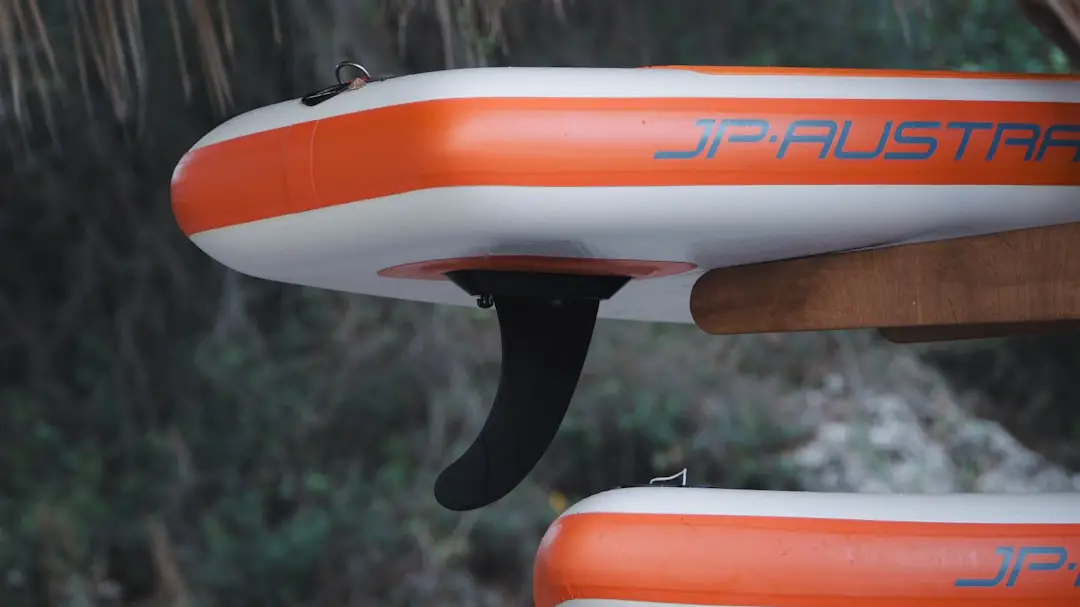
Getting up on a hydrofoil board is one of the most thrilling challenges in watersports. It’s a dance of balance, timing, and courage — and once you nail it, you’ll understand why so many of us are hooked. From the prone paddle pop-up to the boat tow start, each method has its own perks and learning curve, but the key is to find what suits your style and gear best.
What we’ve learned:
- Patience and practice are your best friends. Don’t rush the pop-up; finesse beats force every time.
- Gear matters. A stable board with quality foot straps and a forgiving foil (like those from Lift Foils or Moses Hydrofoil) will save you hours of frustration.
- Mental game is half the battle. Relax, breathe, and embrace the wipeouts as part of your flight training.
- Safety first. Helmets, impact vests, and leashes aren’t just accessories—they’re lifesavers.
If you’re starting out, we confidently recommend beginning with the prone paddle pop-up or boat tow start methods using a larger volume board and medium-sized foil. These setups give you the stability and speed control to build confidence quickly.
Remember that hydrofoiling is a journey. The first few flights might feel like rocket science, but soon enough, you’ll be carving waves and pumping speed like a seasoned pro. Keep exploring our Hydrofoil Basics and Advanced Techniques for ongoing tips and tricks.
Recommended Links
Ready to gear up? Here are some top picks and resources to help you soar:
- Lift Foils: Amazon | Lift Foils Official Website
- Starboard Foil Boards: Amazon | Starboard Official Website
- Slingshot Foot Straps: Amazon | Slingshot Official Website
- Werner Paddles: Amazon | Werner Official Website
- Liquid Force Wake Foils: Amazon | Liquid Force Official Website
Books to Boost Your Hydrofoiling IQ
- Foil Surfing: The Complete Guide by Matt Bromley — Amazon Link
- Wing Foiling: The Essential Guide by Sarah Kenny — Amazon Link
- The Art of Hydrofoiling by Hydrofoiling™ Team — Amazon Link
FAQ

How do I balance on a hydrofoil board for the first time?
Balancing on a hydrofoil board is about small, precise weight shifts rather than big movements. Start by keeping your knees bent and your weight centered over the mast base. Look ahead, not down, to help your body anticipate changes. Use your toes and heels to subtly control pitch and height. Remember, tension is your enemy—stay relaxed and breathe deeply. Practicing on a balance board or doing dryland drills can accelerate your muscle memory. For more detailed balance tips, check out our Hydrofoil Basics series.
Read more about “9 Most Common Mistakes Beginners Make When Trying to Hydrofoil 🛫 (2025)”
What are the key techniques for transitioning to a hydrofoil board from other water sports?
If you’re coming from surfing, wakeboarding, or kiteboarding, the biggest adjustment is learning to manage the foil’s lift and speed threshold. Unlike traditional boards, hydrofoils require you to be patient with your pop-up and maintain steady speed before lift engages. Techniques like the “tripod” pop-up (hands on rails, back foot first) help ease the transition. Using foot straps is highly recommended to keep control. Also, practicing behind a boat or jetski can give you a controlled environment to get comfortable with foil dynamics. Our Advanced Hydrofoiling Techniques section has great resources tailored for cross-sport riders.
Read more about “Is Hydrofoil Surfing Harder Than Surfing? 7 Surprising Truths (2025) 🌊”
What safety precautions should I take when learning to ride a hydrofoil board?
Safety is paramount. Always wear a helmet and impact vest to protect against falls and foil blades. Use a board leash to prevent runaway boards. Check your gear regularly for secure mounts and strap integrity. Avoid crowded spots and be aware of other water users. Learn how to fall safely—try to fall flat and away from the foil. Taking lessons from certified instructors reduces risk and builds confidence. Brands like ION and Mystic offer excellent protective gear.
Read more about “7 Basic Requirements to Get Started with Hydrofoil Boarding in 2025 🌊”
What are the most common mistakes to avoid when trying to get up on a hydrofoil board?
Rushing the Pop-Up
Trying to stand up too quickly before the foil has enough speed or lift often results in nose dives or wipeouts. Patience is key—build speed first, then pop up smoothly.
Poor Weight Distribution
Leaning too far forward or back can cause loss of control. Keep your weight centered and use subtle foot pressure to adjust.
Neglecting Foot Straps
Skipping straps can lead to losing your feet on the board and dangerous falls. Straps provide security and improve balance.
Ignoring Safety Gear
Not wearing a helmet or impact vest increases injury risk. Don’t skimp on protection!
Overlooking Environmental Conditions
Foiling in choppy water or crowded spots makes learning harder and riskier. Choose calm, open water for your first attempts.
Read more about “12 Essential Tips for Learning to Hydrofoil Behind a Boat in 2025 🚤”
Reference Links
- Lift Foils Official Website
- Starboard Foil Boards
- Slingshot Sports
- Werner Paddles
- Liquid Force Wake Foils
- Wing Foil Pro Center YouTube Tutorial: How to get up on foil | WING FOILING
- Apple Tree Surfboards: Tech Talk – Getting Into Foil Surfing
- Perfski.com – Liquid Force Foil Needs
Fly high, stay safe, and keep the stoke alive! 🌊🛫


